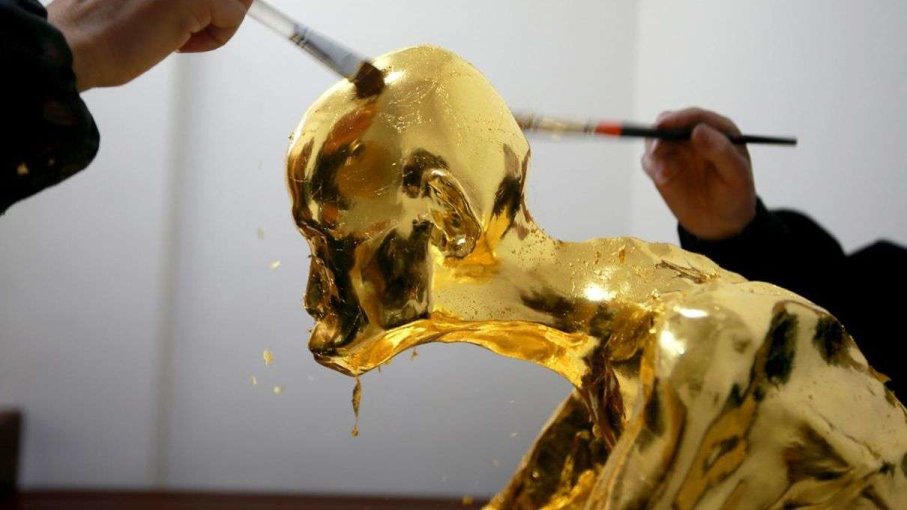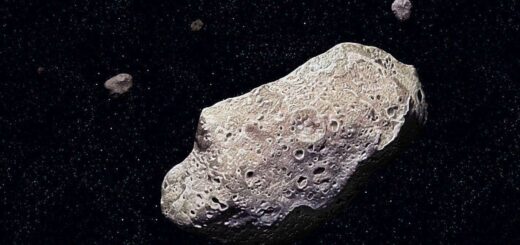Mummified Buddhist Monk Gets Covered in Pure Gold

The monk, named Fu Hou, died in 2012 at age of 94, the Associated Press reports. His body was placed into a cylindrical ceramic vat for almost four years, during which time it experienced minimal decomposition, primarily losing moisture.
When monks opened the vat during a ceremony at a temple on Southern China’s Zimao Mountain, they discovered Fu Hou’s remains still in the meditation position. They were put on display before undergoing a gilding process.
According to local beliefs — Buddhism, like other world religions, varies regionally and culturally in its character and expression — the condition of an intact mummified body like that of Fu Hou’s indicates a life lived in true virtue. He began practicing Buddhism in his teens and lived most of his life at the monastery on the mountain near the city of Quanzhou.
Why preserve a mummy in gold? Wouldn’t something so flashy run counter to the ascetic life of meditation Fu Hou lived? The goal, according to the temple, is to inspire more to follow the same path of devotion as Fu Hou.
“Monk Fu Hou is now being placed on the mountain for people to worship,” the monastery’s abbot Li Ren told The Telegraph.
How does one go about turning human remains into a statue? After cleaning the mummy, two craftsmen covered it with gauze, putty, lacquer and then pure gold leaf — imagine a process similar to that of applying a cast to a broken limb, and extend that to an entire body — then dressed it in traditional robes.



 Creators of mankind
Creators of mankind Description of “Tall white aliens”
Description of “Tall white aliens” Where they came from?
Where they came from? About hostile civilizations
About hostile civilizations The war for the Earth
The war for the Earth “Tall white aliens” about eternal life
“Tall white aliens” about eternal life Video: “Nordic aliens”
Video: “Nordic aliens” Aliens
Aliens Alien encounters
Alien encounters The aliens base
The aliens base UFO
UFO Technology UFO
Technology UFO Underground civilization
Underground civilization Ancient alien artifacts
Ancient alien artifacts Military and UFO
Military and UFO Mysteries and hypotheses
Mysteries and hypotheses Scientific facts
Scientific facts


















